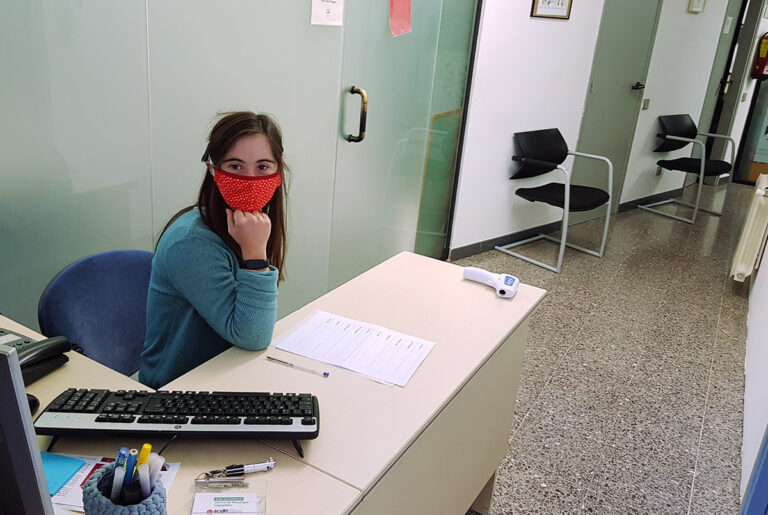Philosphy and Rationale
Robert J. Doman, Jr.
NACD’s developmental and educational programs are designed to lead each child toward developing his/her fullest potential. These programs are designed through the expertise of Robert J. Doman, Jr., and represent an eclectic approach to child development. These programs are implemented by the parents and other family members under the training and auspices of The NACD Foundation.
The philosophy behind these programs is based upon the acceptance of the concepts of the plasticity and redundancy of the Central Nervous System, as well as the branching effect of the system which can be produced through specific stimulation. It is further believed that:
- Function provides a mirror from which the level of development may be evaluated, and
- The development of the system follows an orderly sequence.
It is possible to determine the individual’s level of function as it relates to his/her overall development. An individual’s function is measured in the receptive areas of visual, auditory, and tactile competence, and in the expressive areas of mobility, language, and manual competence. With this information it is then possible to design a treatment and/or acceleration program which provides specific stimulation to those levels which require further organization.
The goal of such a program is to permit the individual to progress towards organized function and to lessen any degree of dysfunction so that his highest functional potential may be realized. Development of and movement through dysfunctional and neurologically dysorganized levels of the Central Nervous System is achieved through the application of appropriate stimuli which is delivered with sufficient frequency, intensity, and duration.
The evaluation and consequent programming consist of the following:
PHASE ONE
- Review of developmental, medical, educational, and social history.
- Functional developmental evaluation in the receptive areas of visual, auditory and tactile competence, and in the expressive areas of language, mobility, and manual competence.
- Assessment of educational function, utilizing standardized individualized achievement tests where indicated.
- Evaluation of social-behavioral function.
PHASE TWO
Design of an individual program which includes:
- Neurological development
- Perceptual training
- Educational training and development
- Social development
- Behavioral management
PHASE THREE
- Training of the parents in the implementation of the individual program.
Children with special problems have special needs. These needs are rarely met, and these children are almost universally denied the opportunity to reach their potentials. Traditional approaches to these problems lack the necessary direction, specificity, and intensity that are needed for these children with special problems. NACD’s philosophy implies a continuum of function ranging from a low of coma, to a high of genius. All children are on this continuum. Most, given the opportunity, have the potential to improve. Children included within these programs come to us with a variety of labels, including brain injury, cerebral palsy, mental retardation, Down Syndrome, autism, learning disorder, hyperactivity, etc.
Neither Robert J. Doman, Jr., nor his associates are licensed to practice medicine. The design of individual developmental programs is based upon experience and represent suggestions to the family. Each family is encouraged to make its own decisions regarding which specific program techniques and methodologies it wishes to utilize for the children. If medical or other licensed professional advice is needed, please consult a licensed physician or other licensed professional.
Reprinted from the Journal of The NACD Foundation (formerly The National Academy for Child Development)






